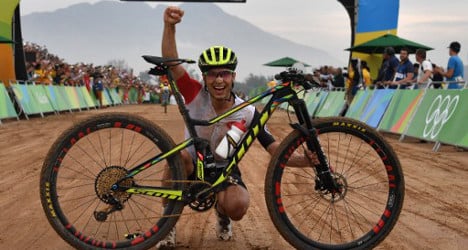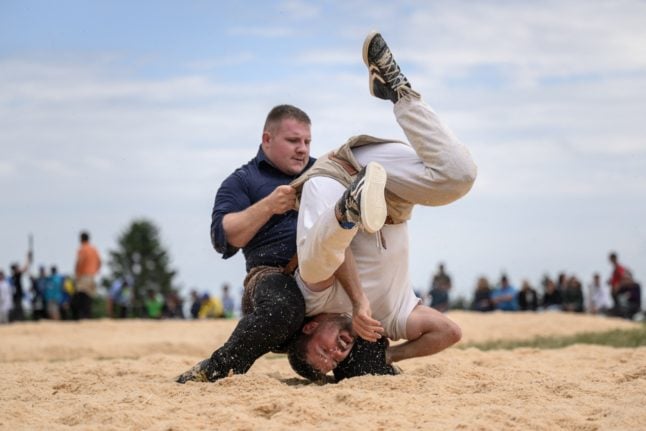World champion Schurter, who was third in Beijing and second in London, finally took the Olympic top spot ahead of 2012 champion Jaroslav Kulhavy of the Czech Republic and Spanish rider Carlos Coloma in bronze position.
“For me it was the perfect course,” the jubilant cyclist told 20 Minutes after the race.
“I've worked hard for four years. Everything went marvellously after a good start.”
Schurter carried the Swiss flag at the closing ceremony of the Rio Games on Sunday night heading up a team that claimed seven medals including three golds, putting them 24th in the medal table.
That's nine places higher than London 2012 and in Beijing 2008, when it finished 33rd on both occasions.
It was also a successful Games for the House of Switzerland, the promotional organization that attends every Olympics.
Over 500,000 people visited the House of Switzerland in Rio during the fortnight, eating 11,000 portions of cheese, 15,000 sausages, two tons of potatoes and 1,500 bottles of Swiss wine (primarily Chasselas), the Swiss foreign ministry said in a statement.
Nicolas Bideau, who heads up the organization, said he had never seen it so popular.
“In becoming one of the places to be in Rio during the Olympic Games we were able to promote not only the quality of our athletes but also the strength of our products and values, all in a cool atmosphere.
“In terms of sport as well as marketing, it was mission accomplished for Switzerland!”
The House of Switzerland will remain open throughout the Paralympics for the first time.
See all Switzerland's Rio medallists in our gallery:



 Please whitelist us to continue reading.
Please whitelist us to continue reading.
Member comments